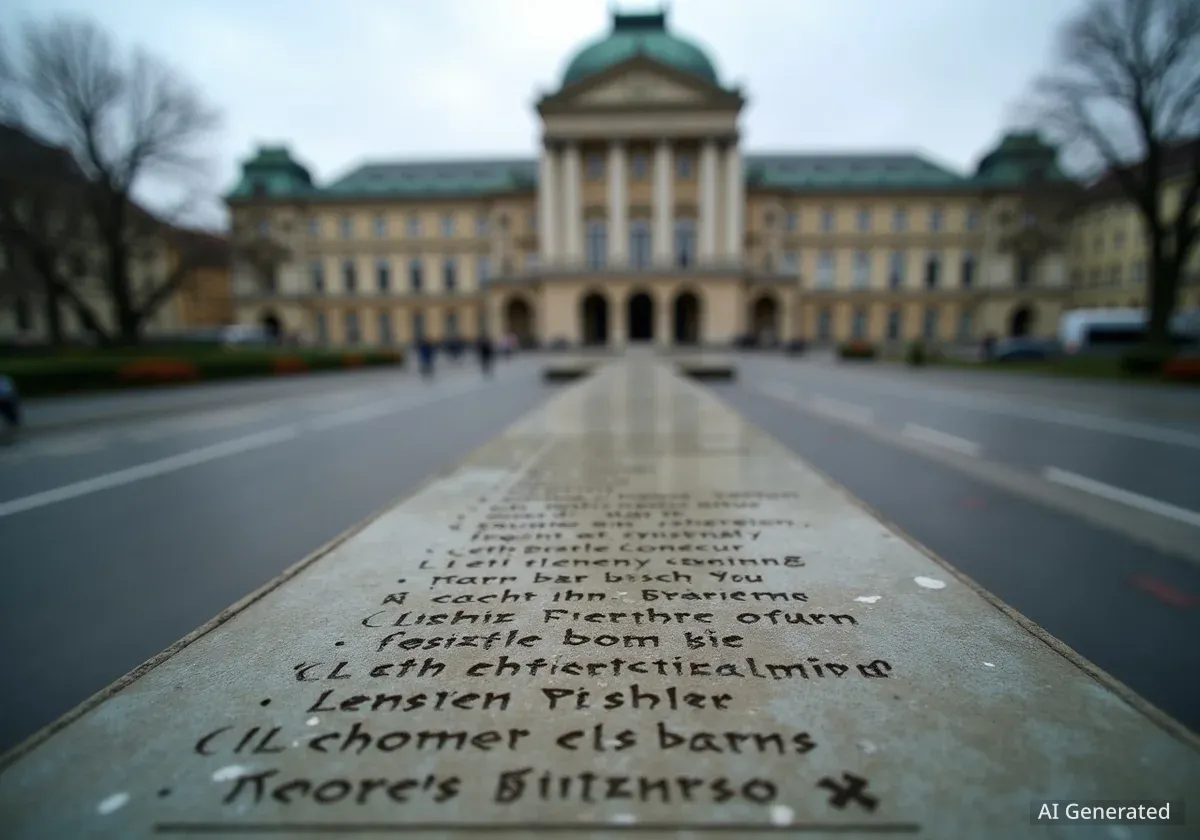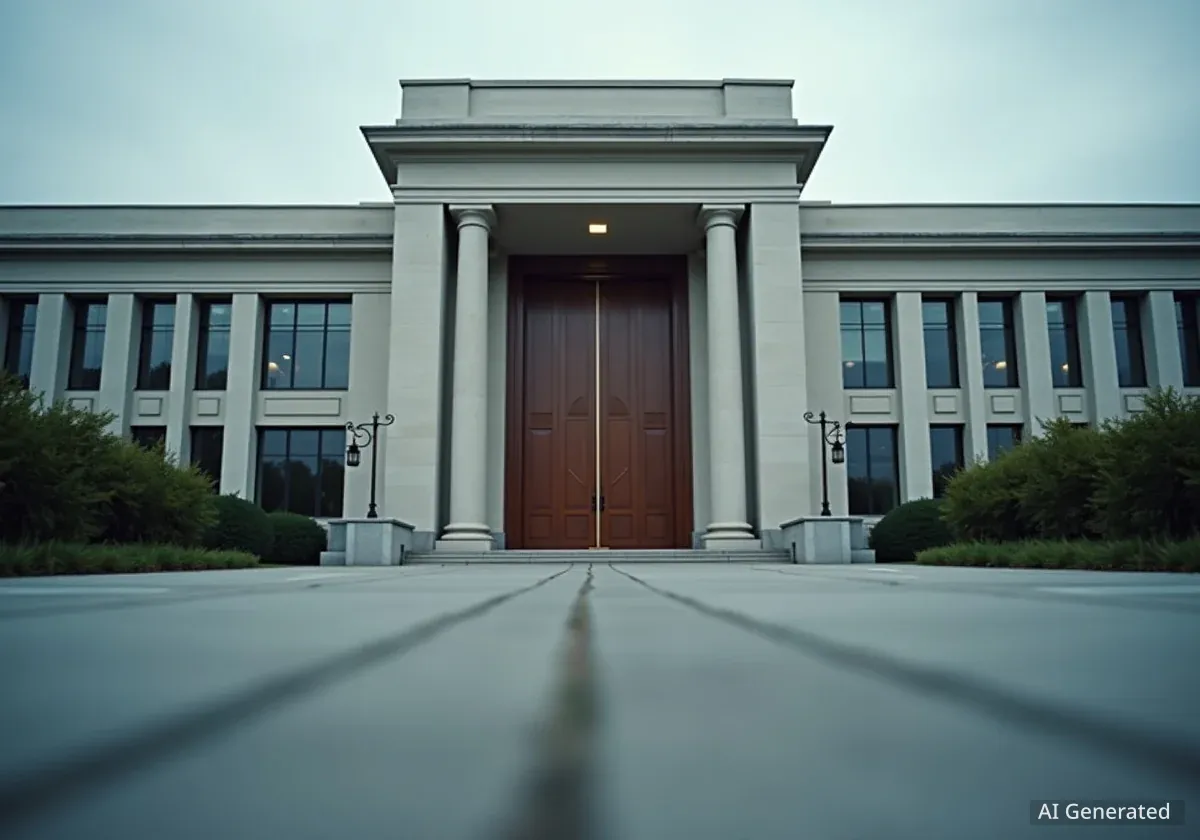Bernese authorities have rejected calls to rehabilitate the leaders of the 1653 Swiss Peasant War, who were executed for their roles in the uprising. This decision comes despite new demands from a recently formed association and members of the Grand Council for a memorial and official recognition of the historical figures. The government argues that comparing 17th-century justice systems with modern standards is not appropriate, raising concerns about setting a precedent for an extensive rehabilitation practice.
Key Takeaways
- Bernese authorities executed 23 peasant leaders in 1653 after an uprising.
- A new association seeks rehabilitation for these leaders and a memorial in Bern.
- The Bernese government rejects rehabilitation, citing differences in historical and modern legal systems.
- Historians and officials caution against judging past events by current standards.
Calls for Justice and a Memorial
The movement to rehabilitate the executed peasant leaders began with descendants of Bendicht Spring, a key figure in the uprising. It gained further support from members of the Bernese Grand Council, specifically from the Swiss People's Party (SVP) and the Evangelical People's Party (EDU). Now, a new association, "In Memoriam 1653 – Rehabilitation of the Early Democracy Movement," is formally requesting the rehabilitation of these historical figures.
The association also proposes establishing a memorial site in Bern. They plan a program of events for 2028, marking the 375th anniversary of the Peasant War. These initiatives aim to acknowledge the historical significance of the peasant leaders and their struggle.
The 1653 Huttwil Covenant
The association views the Huttwil Covenant, adopted by the rebellious peasants on May 14, 1653, as a foundational document for modern Swiss democracy. This covenant, signed by subjects from Bern, Lucerne, Solothurn, and Basel, demanded more than just lower taxes and duties. It also called for freedom of assembly, organizational rights, political participation, and a rejection of arbitrary rule. The peasants also pledged mutual support.
The immediate cause of the uprising was a devaluation of the Bernese Batzen currency, which severely impacted the peasants' wealth. The rebels then besieged Bern. Authorities initially agreed to economic demands in the Murifeld Treaty. In return, the peasants dropped political requests and laid down their weapons.
"The Huttwil Covenant represents nothing less than the actual founding narrative of today's modern Swiss democracy," states the In Memoriam 1653 association.
Historical Fact
After the Murifeld Treaty, the Ancien Régime broke its promises. Authorities brutally suppressed the uprising, leading to the execution of 45 "ringleaders" in the rebellion areas. Of these, 23 were executed in Bern, likely at the Galgenfeld (Gallows Field).
Executions and Mass Graves
The executed peasants were often left hanging as a deterrent until their bodies disintegrated. During emergency excavations in 2009, before the construction of the Schönberg Ost settlement, mass graves were discovered. These graves contained the remains of over 400 individuals. Some remains were dated to the 17th century, linking them to the period of the Peasant War.
Archaeologist Armand Baeriswyl explained in 2009 how the gallows would have appeared at the Galgenfeld. These findings underscore the brutal reality faced by the rebels. The new calls for a memorial aim to remember these injustices.
Historical Context
The Swiss Peasant War of 1653 was a popular revolt by rural subjects of the Old Swiss Confederacy against their ruling city authorities. It was triggered by currency devaluation and increased taxes. Despite initial concessions, the uprising was ultimately crushed by government forces.
Government Rejects Rehabilitation
The Bernese government acknowledges the positive influence of the peasant leaders' actions on the development of democracy. This was stated in their response to the SVP/EDU motion. However, the government deems the rehabilitation of these leaders as "not appropriate."
The Regierungsrat argues that historical conditions cannot be accurately measured by today's standards. Before the Enlightenment, subject-ruler relationships were common across Europe. The criminal justice system of the time, though harsh by modern standards, conformed to the laws then in effect. Murder, manslaughter, and participation in rebellions were punishable by death.
Legal Perspective
Until the abolition of the death penalty in 1861, Bernese authorities executed hundreds of people. While these executions are considered unjust by today's standards, the government fears that rehabilitating individual peasant leaders could lead to an "unmanageable rehabilitation practice." This could weaken the purpose of such an instrument.
Historians' Perspectives on Rehabilitation
Historian André Holenstein supports the government's concerns. He notes that in history, one can "always find victims" and use this to justify current demands. Holenstein points out that besides executions, hundreds of peasants faced other punishments. These included forced deportation to Venetian galleys or heavy fines. "Rehabilitating a few leaders would not be enough," he states.
Holenstein, like the government, believes it is improper to judge past conditions by present-day criteria. He highlights that state forms, norms, and legal systems were not comparable. "High treason always carried the death penalty back then."
"There is no naive history policy," says André Holenstein, emeritus professor of Swiss history. "Behind historically justified demands, there are always political interests in the present."
Holenstein finds it noteworthy that calls for rehabilitation now come from the right-wing political spectrum. He suggests the right may have learned from left-wing demands to address the colonial entanglements of the Ancien Régime. Johann Ulrich Grädel (EDU), a Grand Council member and president of In Memoriam 1653, explicitly makes this connection. He argues that if Bern takes responsibility for its colonial past, it should also honor the Swiss freedom movement. Both, he says, belong to a "balanced culture of remembrance."
Memorials and Political Symbolism
Individual peasant leaders already have memorials today. For example, monuments to Niklaus Leuenberger exist in Rüderswil, Huttwil, and Sumiswald. However, both In Memoriam 1653 and the motion by Nils Fiechter (SVP) call for a central memorial in Bern.
Fiechter criticizes the city for quietly renaming the Galgenfeld to Schönberg Ost. This happened when a development for the upper-middle class was built on the former mass graves. "There is no awareness in the city of the injustice committed there," Fiechter states. Both Fiechter and the association emphasize that their goals are not ideological. Instead, they aim to commemorate a unique and significant turning point in Swiss history.
Adrian Wüthrich, the SP municipal president of Huttwil, is the only left-wing member on the board of In Memoriam 1653. He agrees with the historical importance. "Social justice, freedom, and democracy are absolutely left-wing concerns and are more relevant today than ever," Wüthrich says. He emphasizes the importance of Huttwil's representation in the association, and as municipal president, he is responsible for location marketing.
Wüthrich openly states his desire to make Huttwil a "new Rütli." One idea is to display the Huttwil Covenant. Another is to erect a statue of Niklaus Leuenberger in Huttwil, "as large as the Tell statue in Altdorf." Wüthrich finds it particularly appealing that Leuenberger, as a "peasant general," always wore a red vest, he adds with an ironic undertone.




